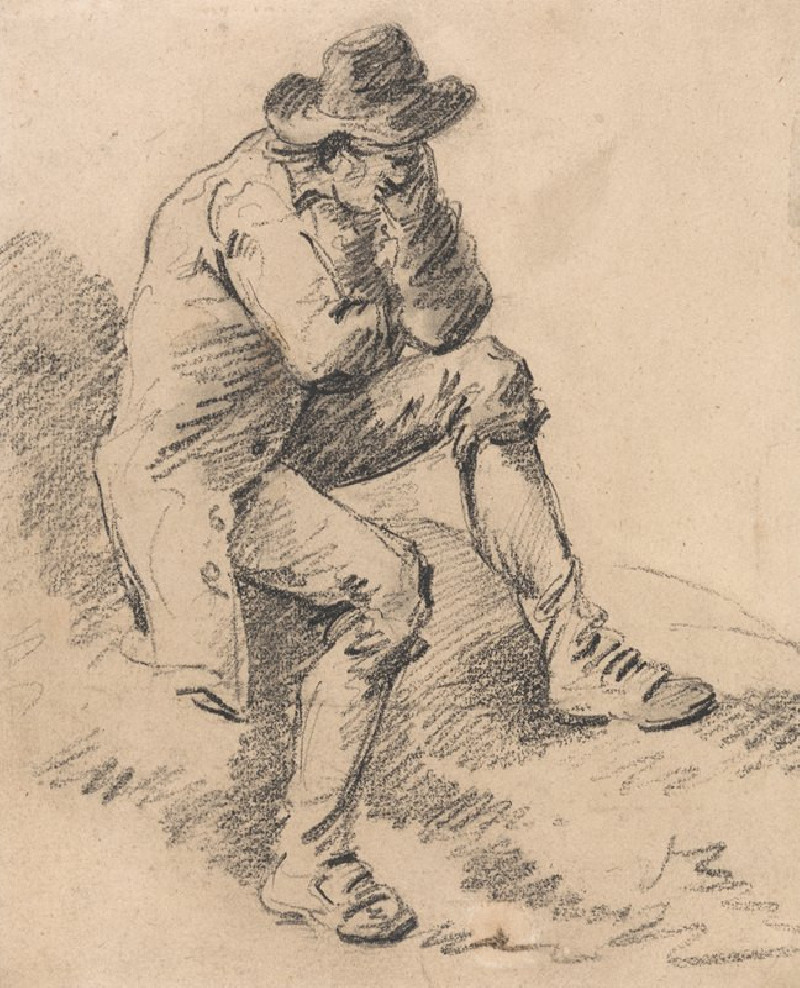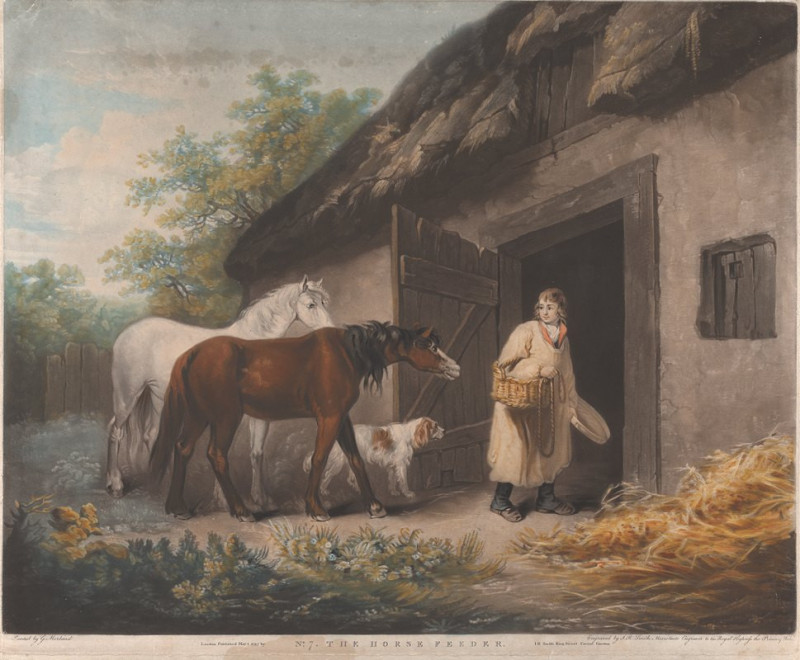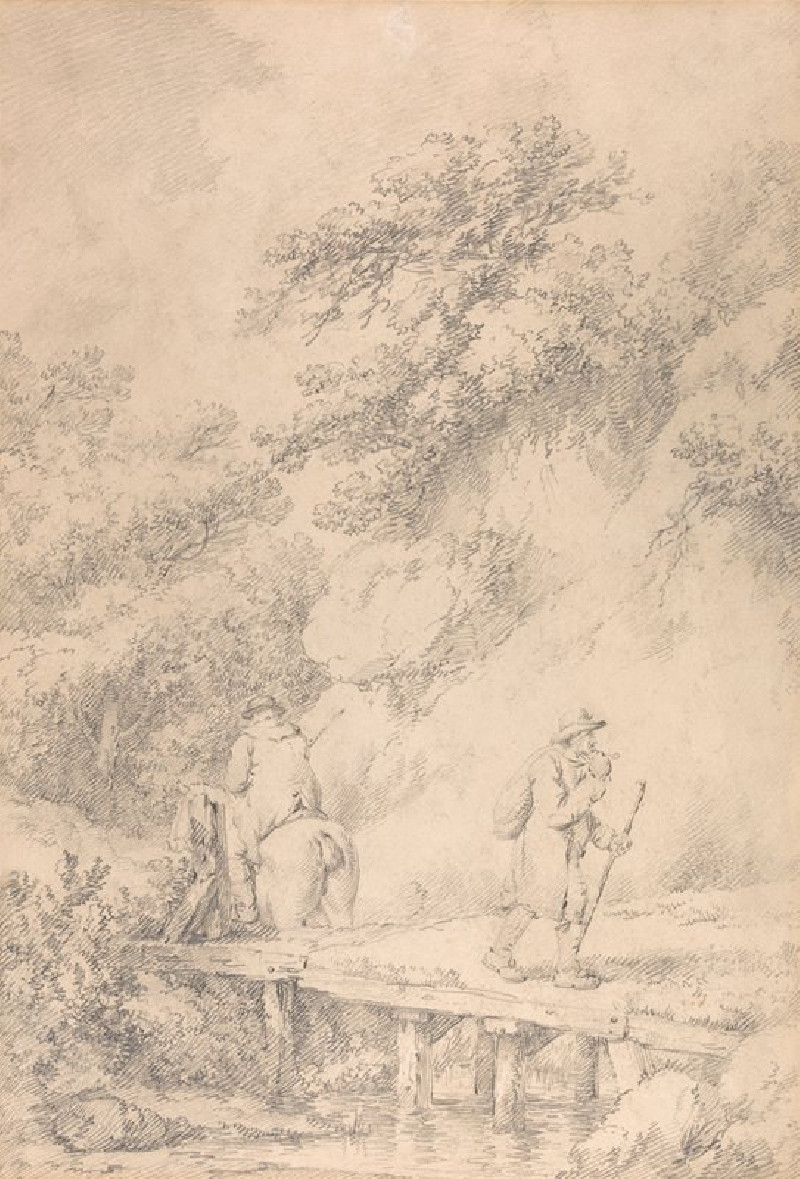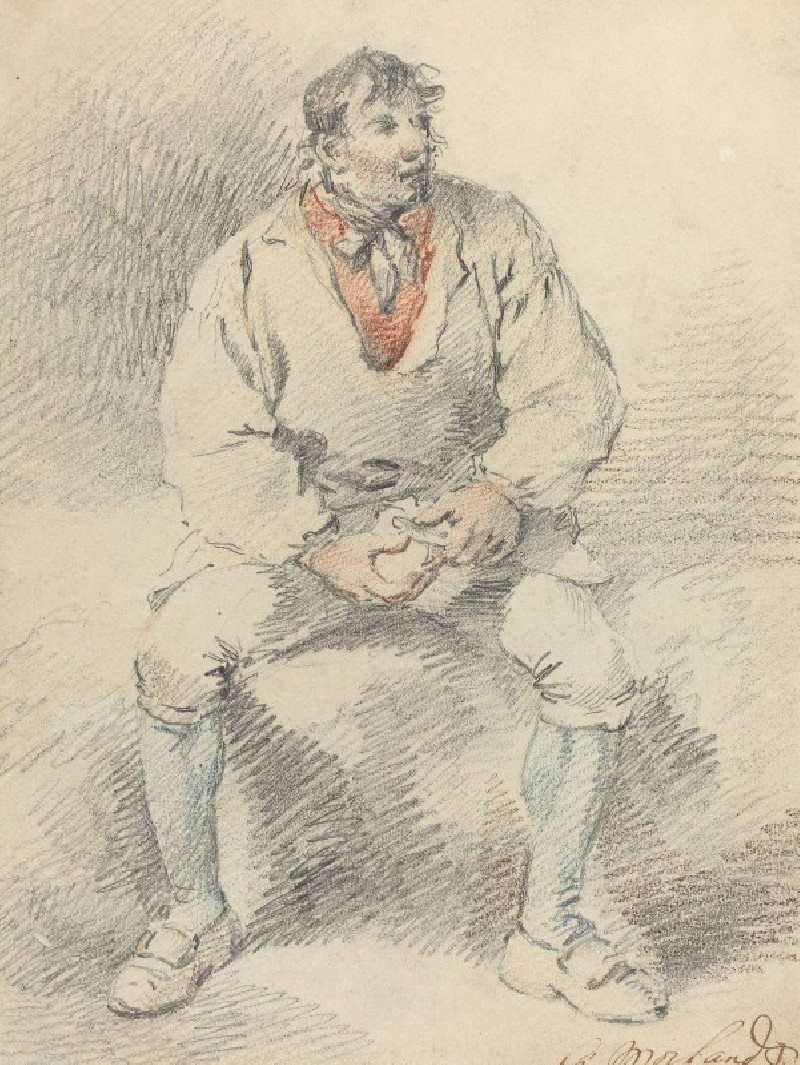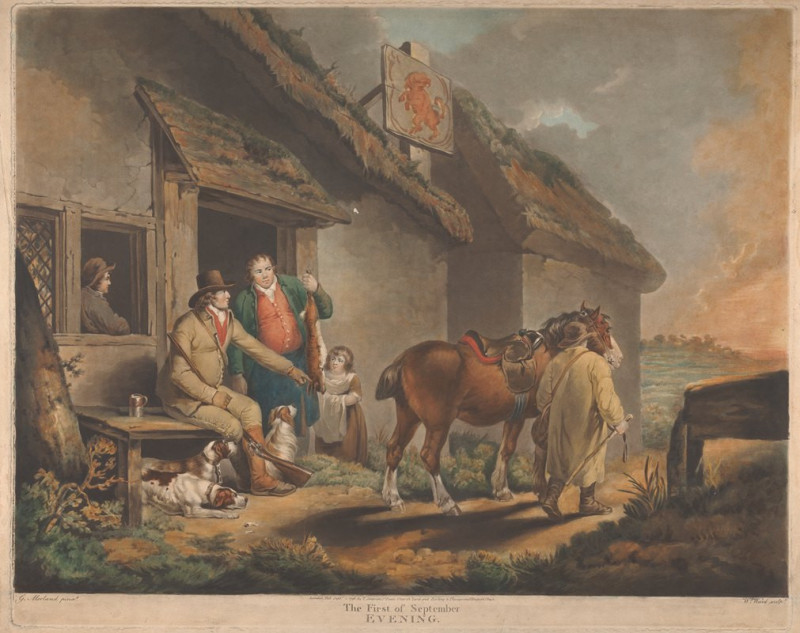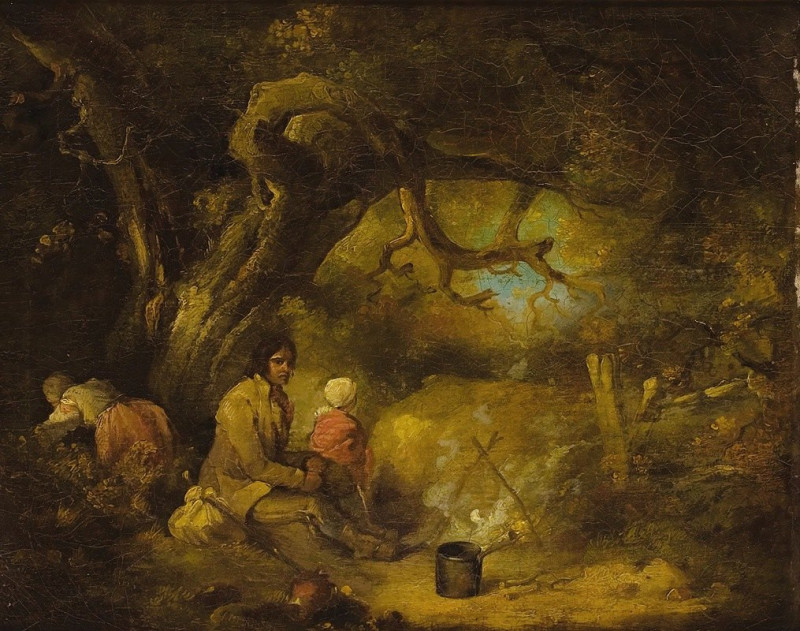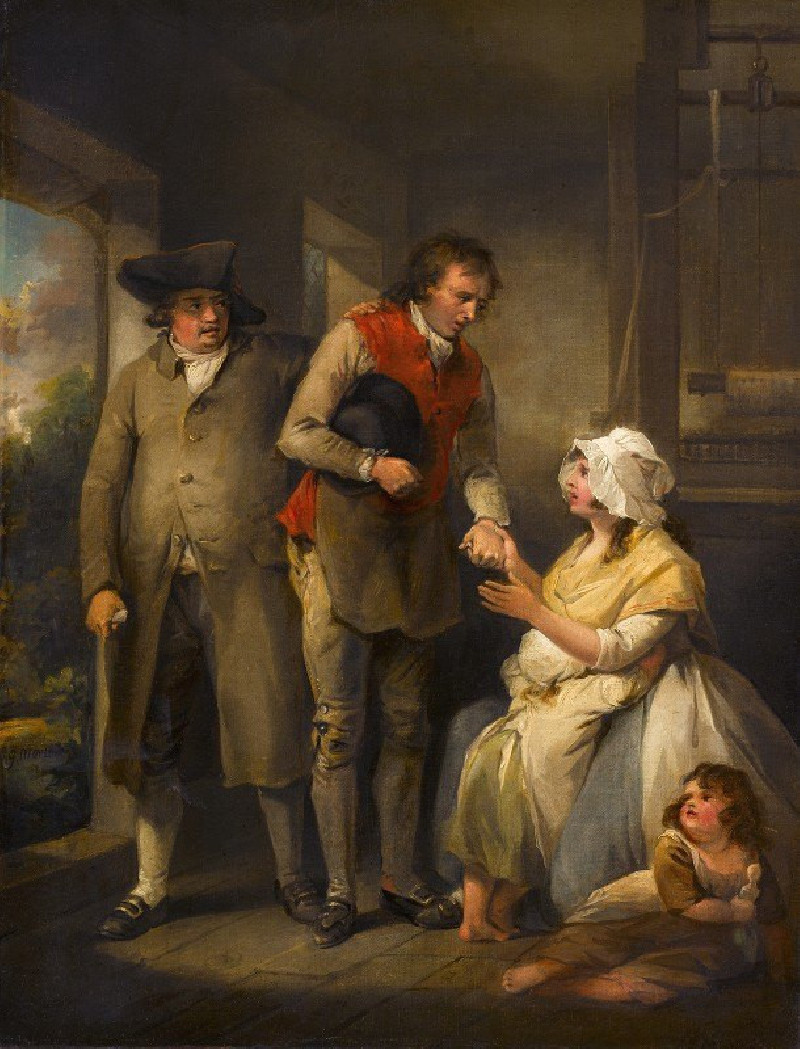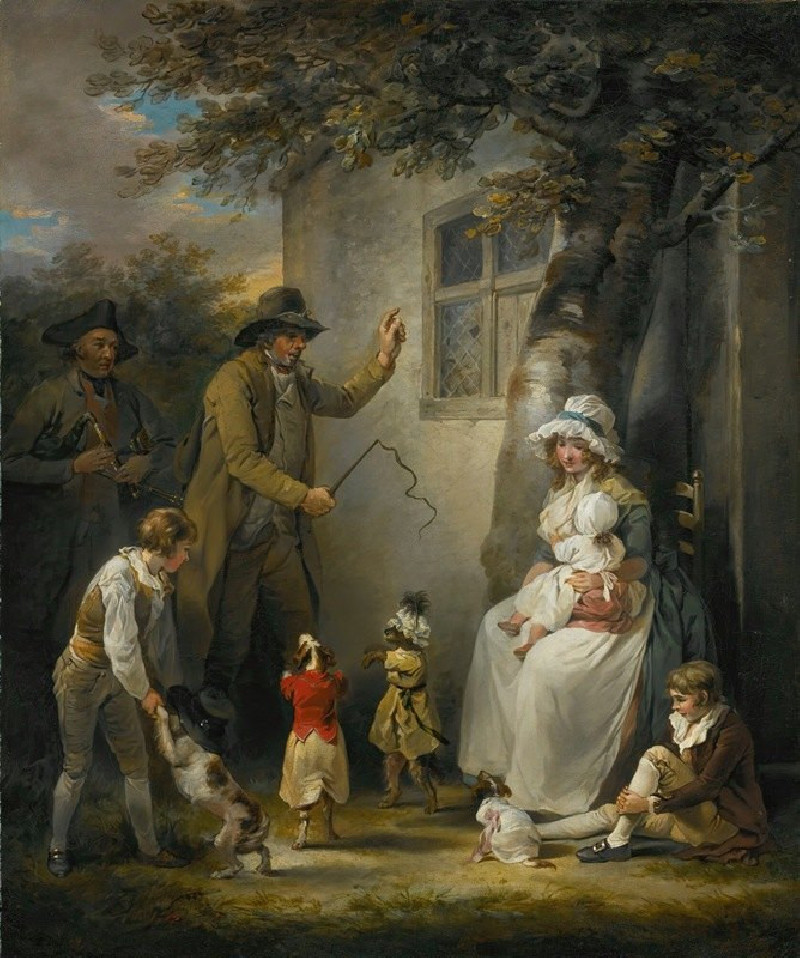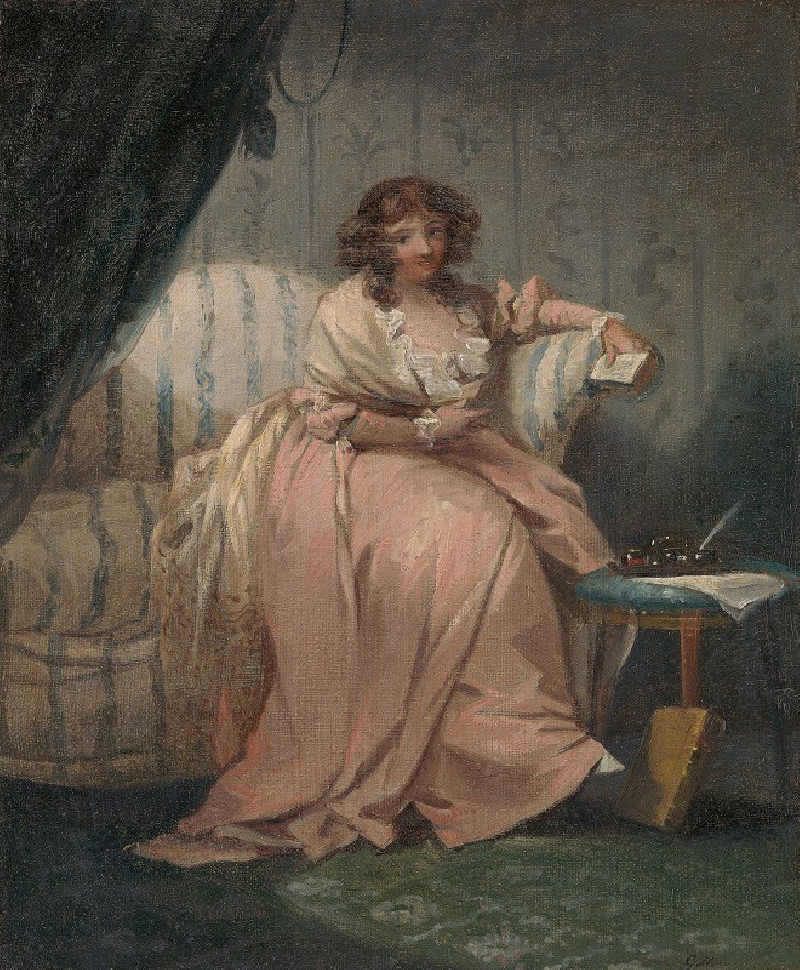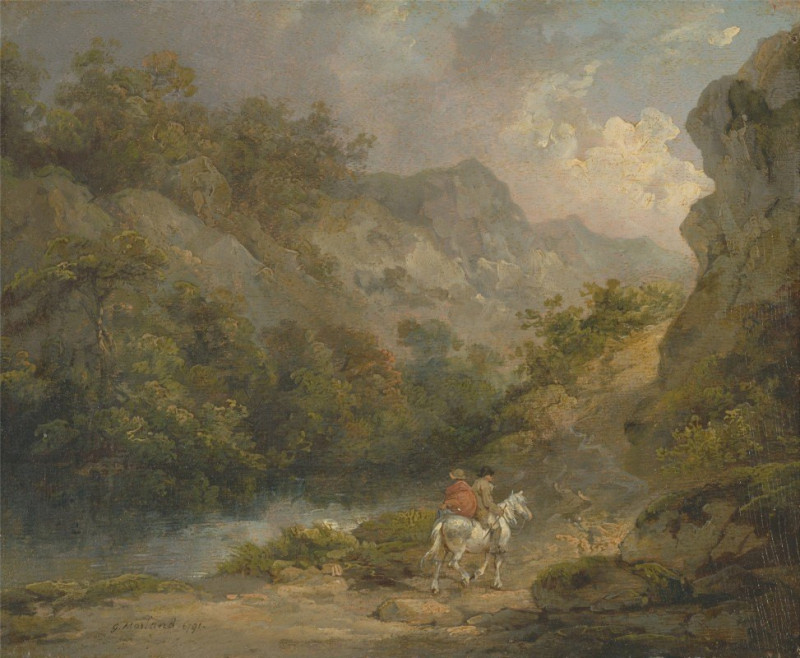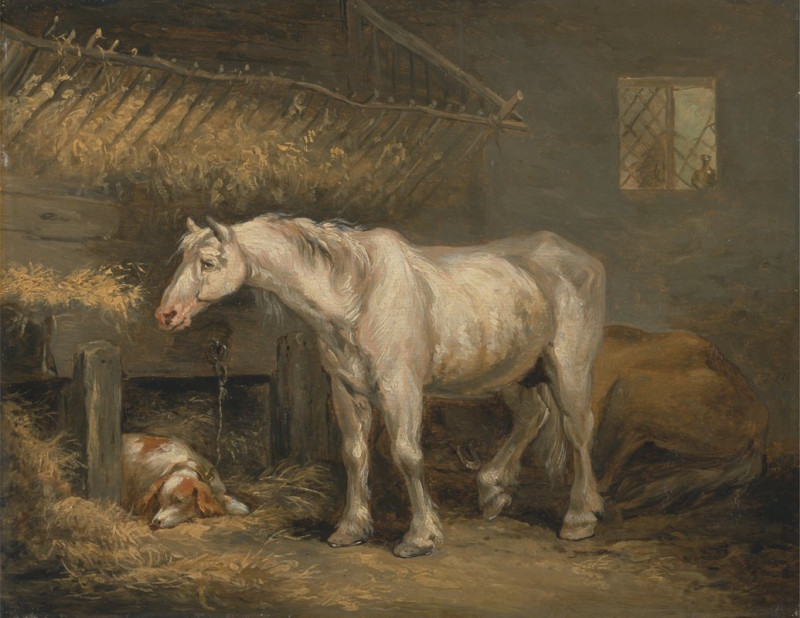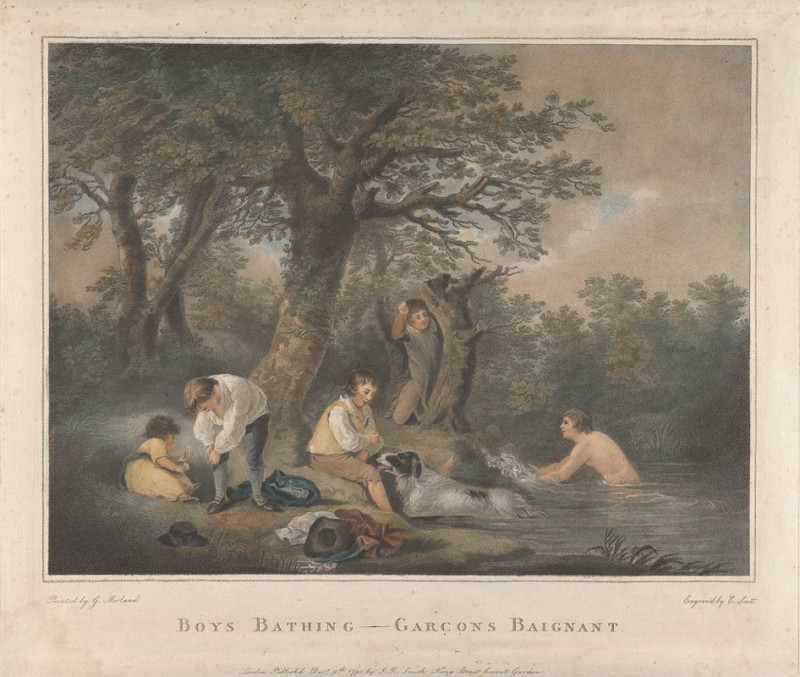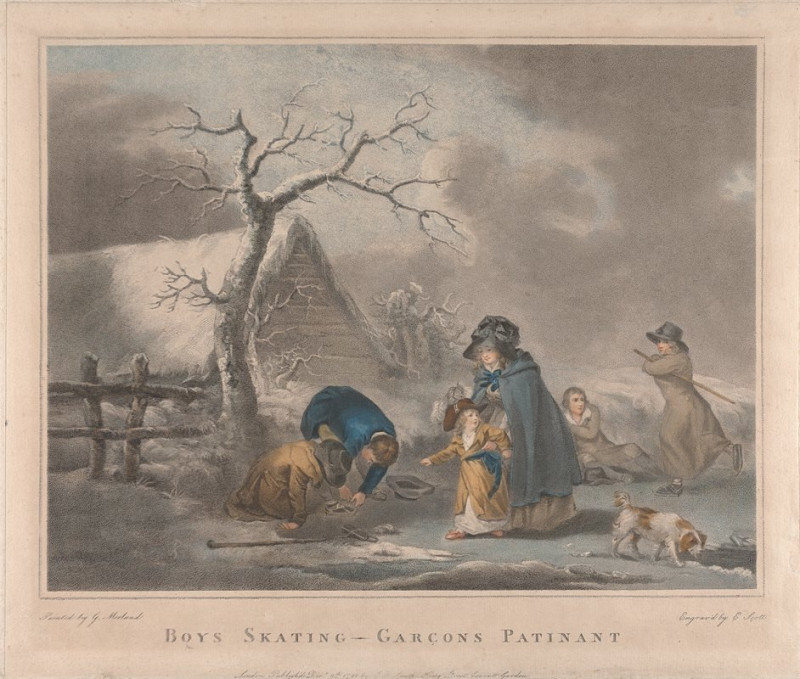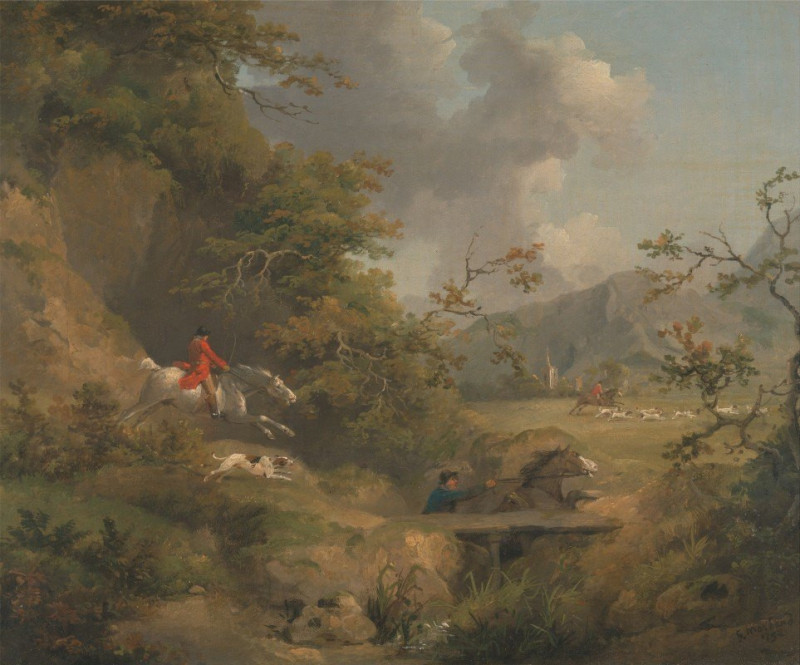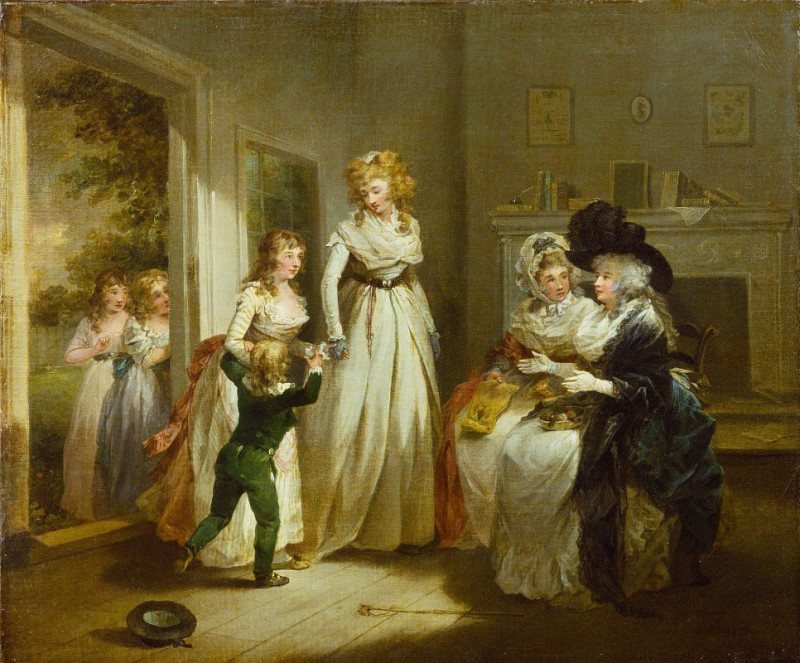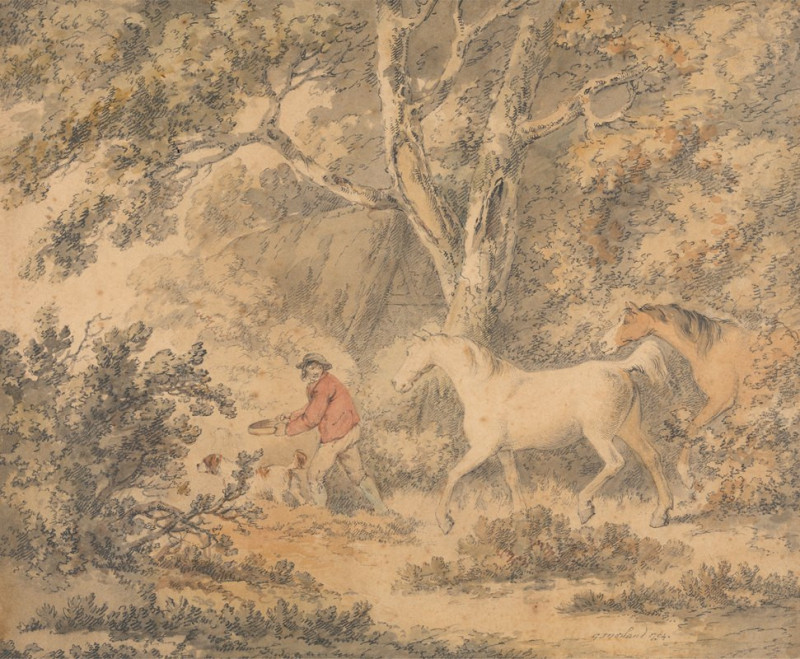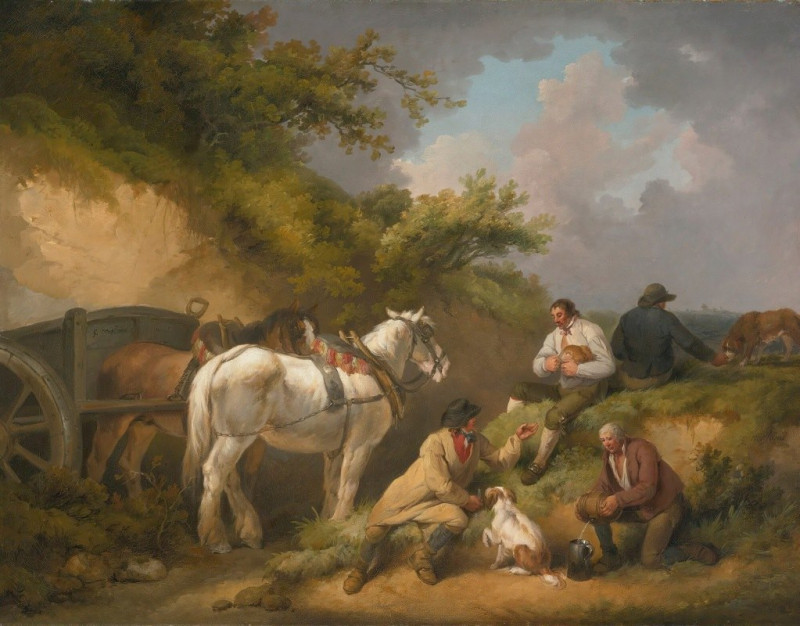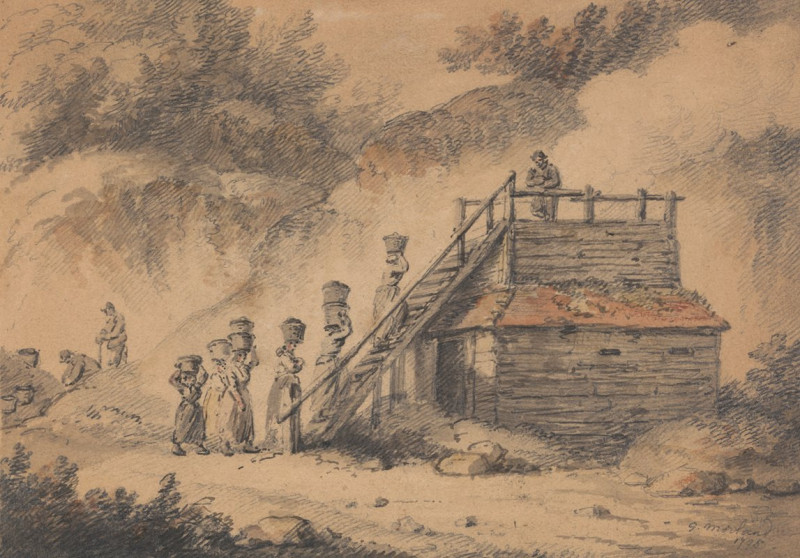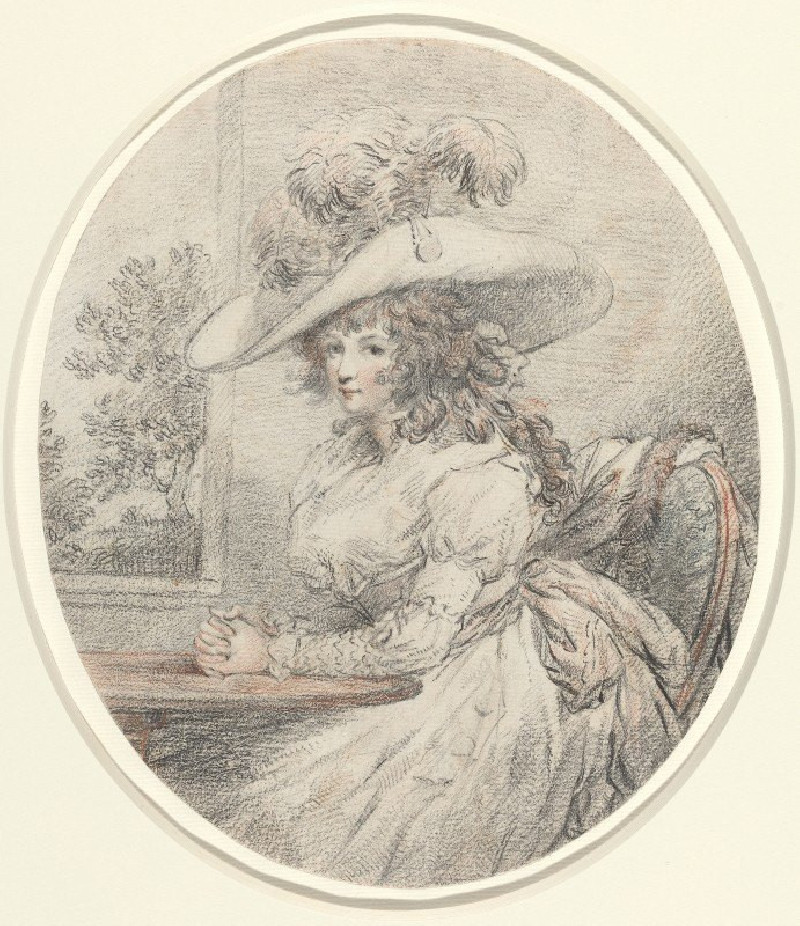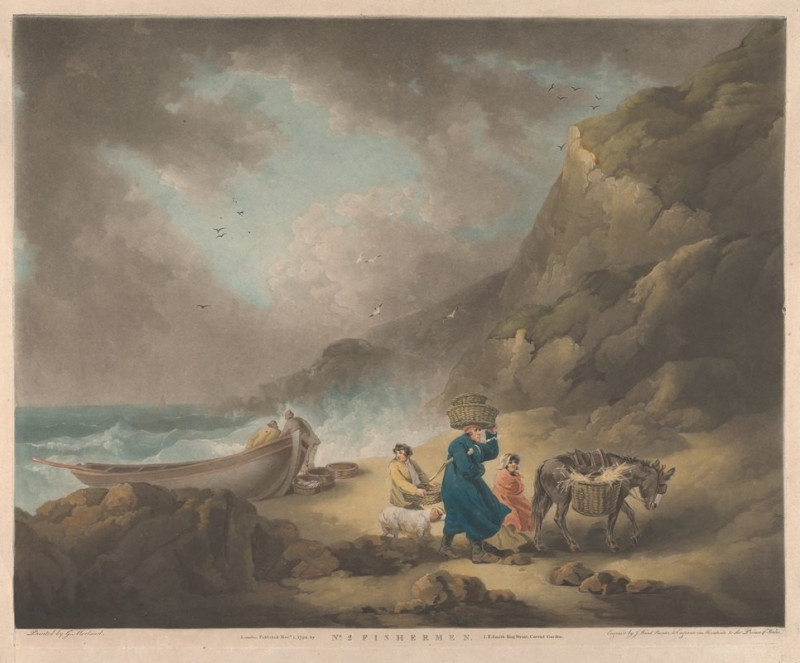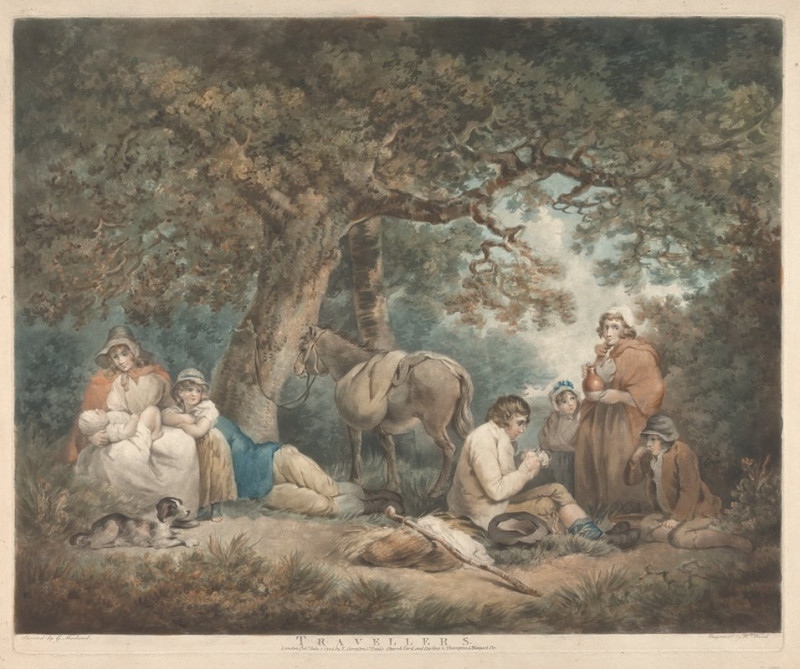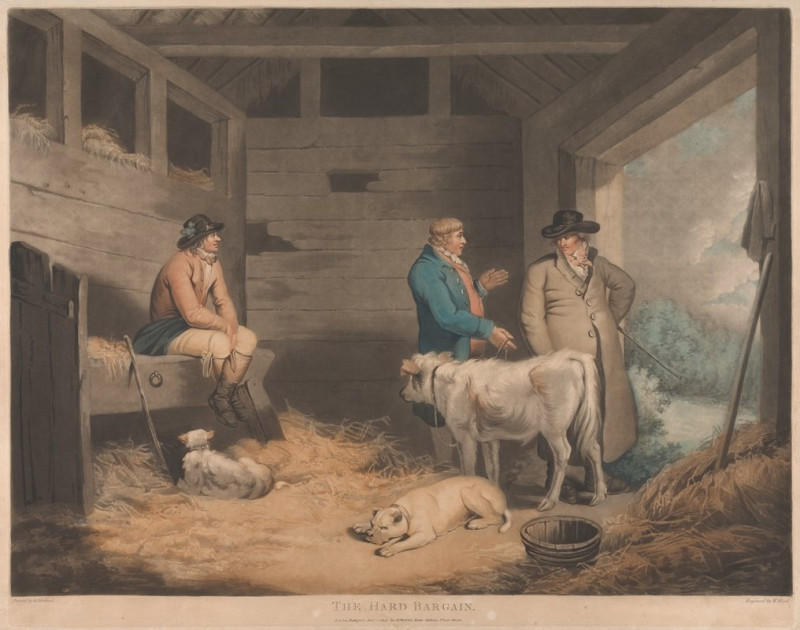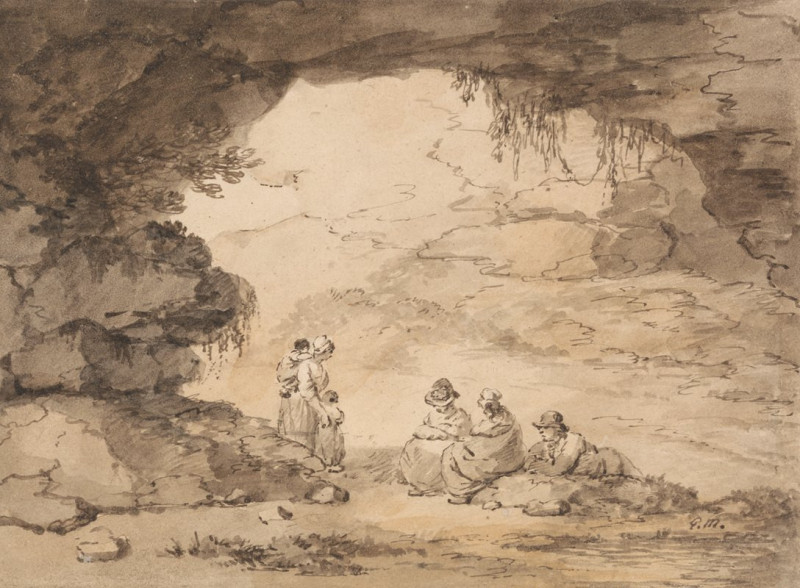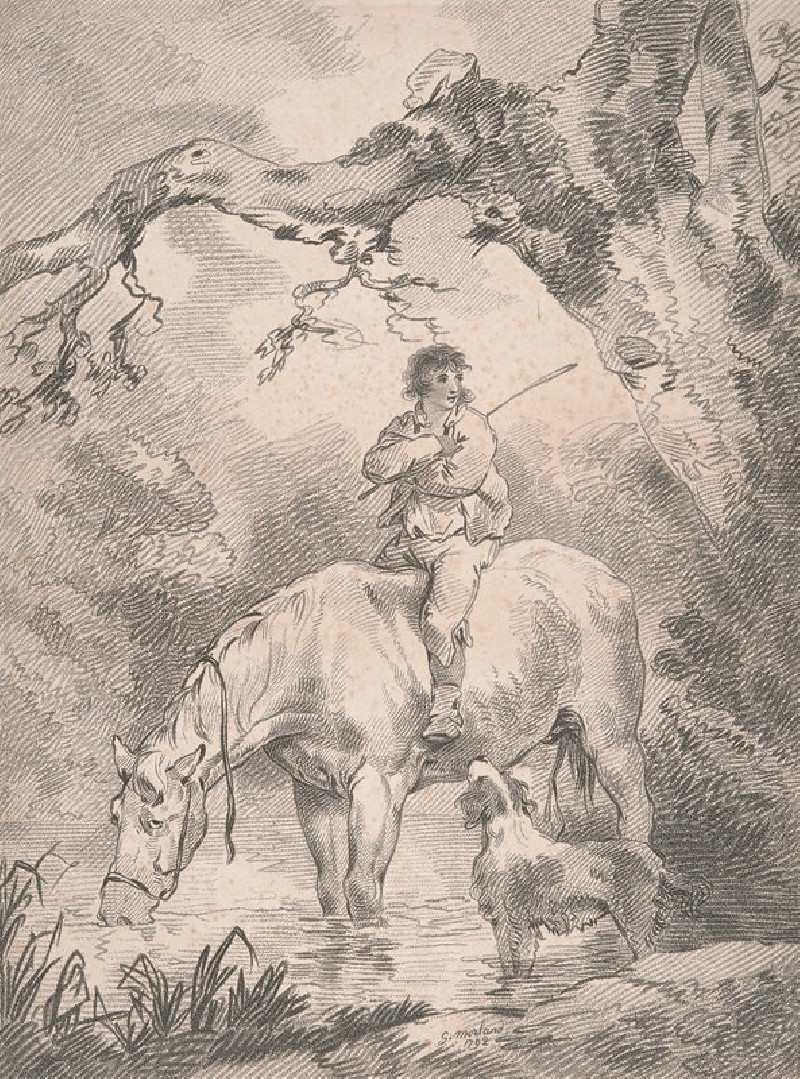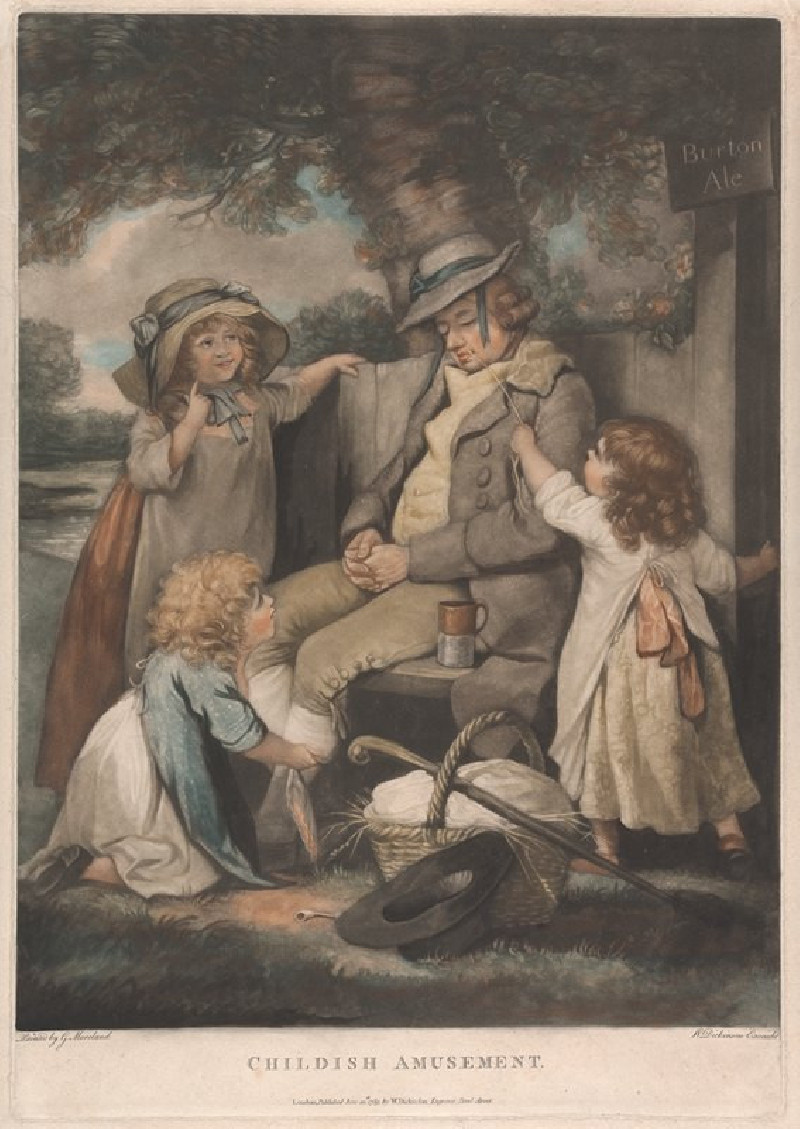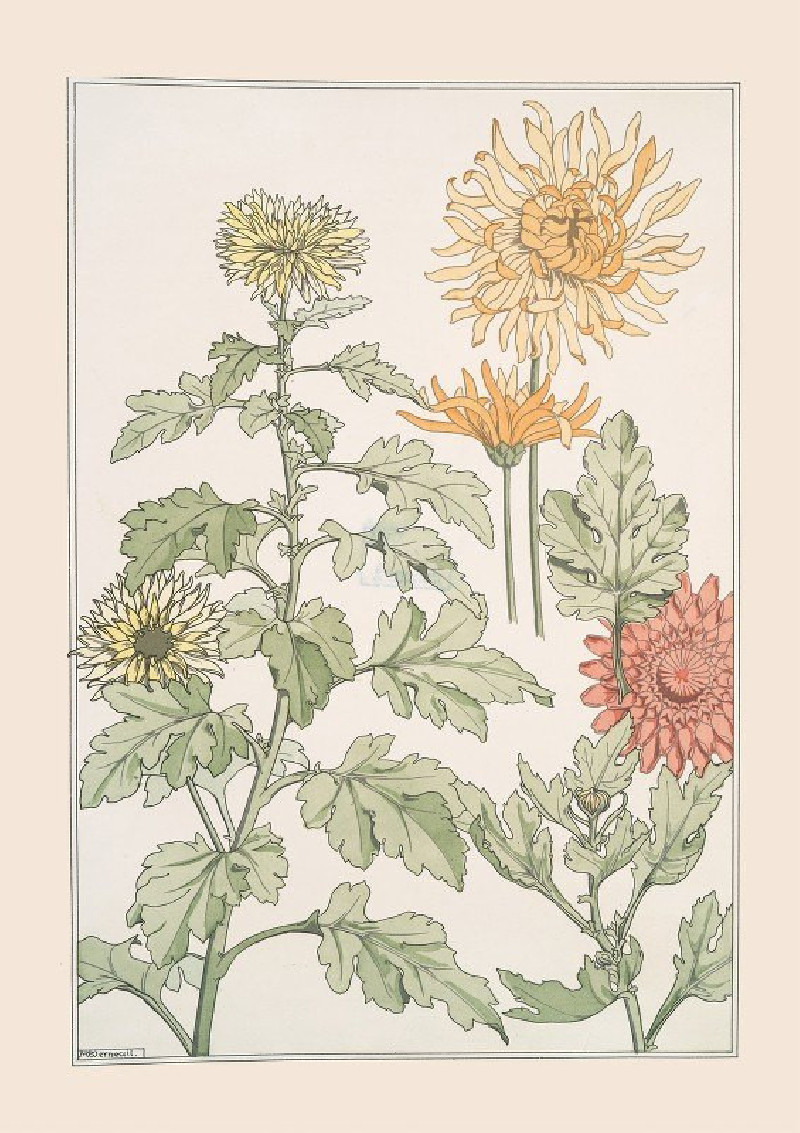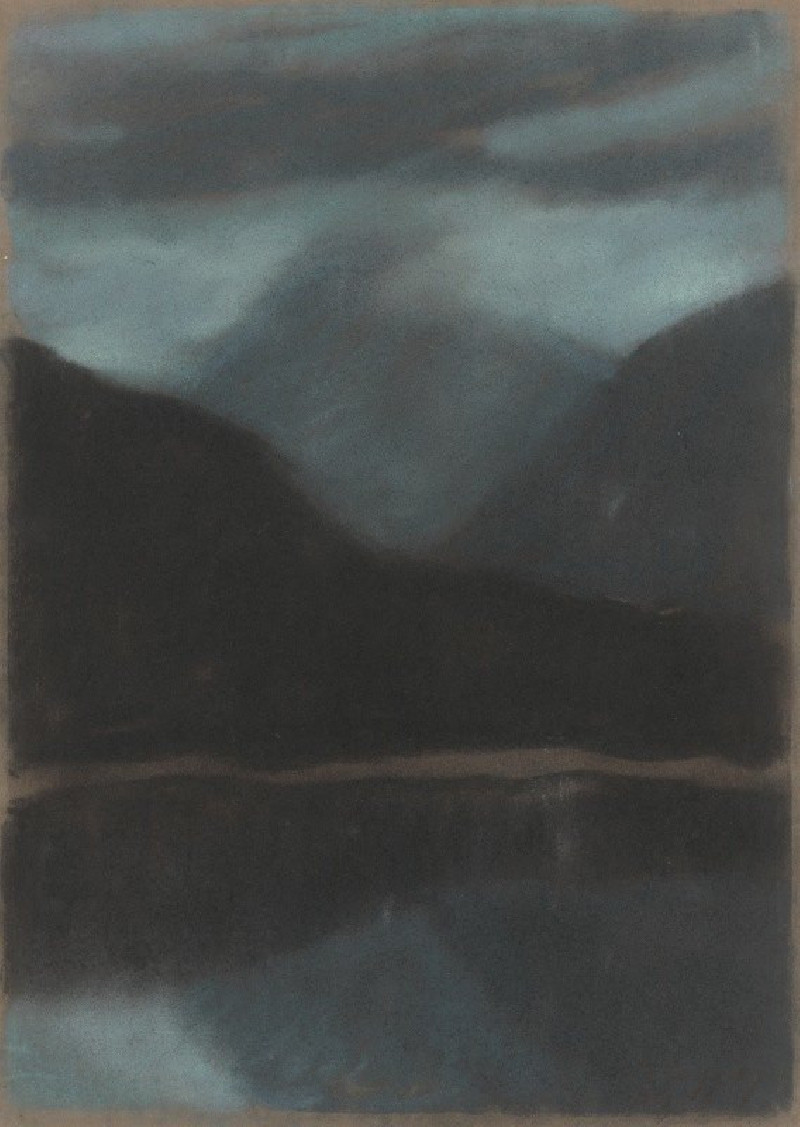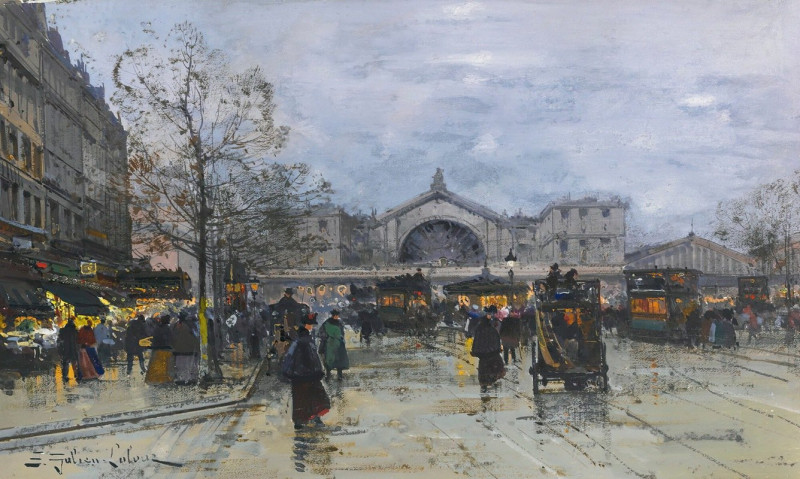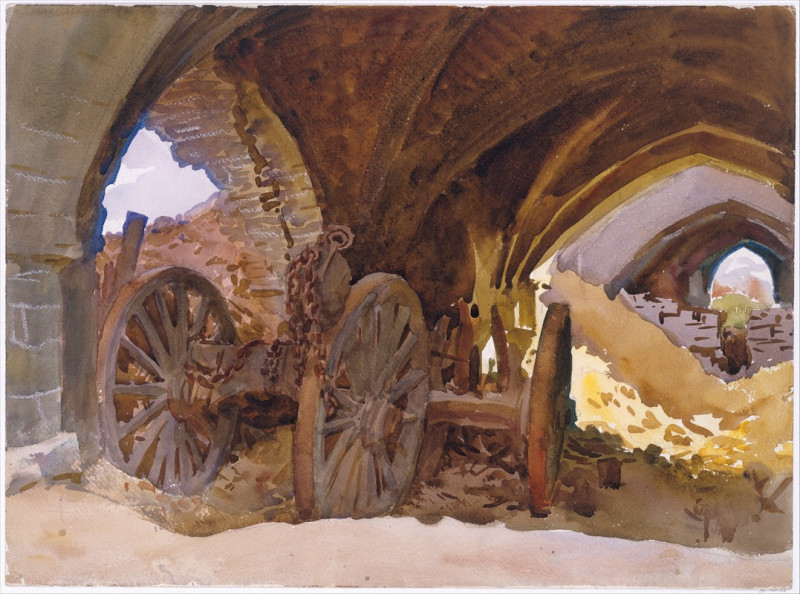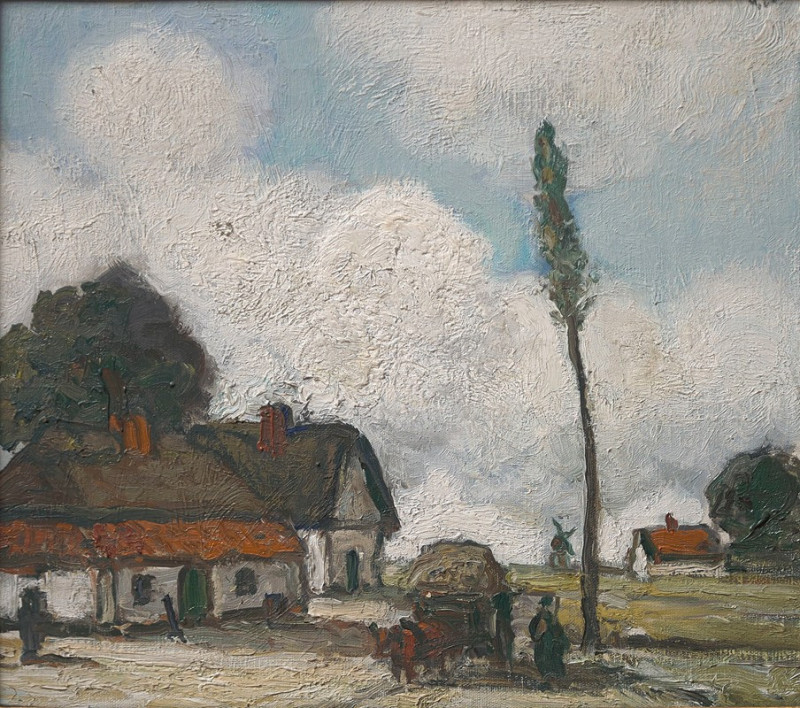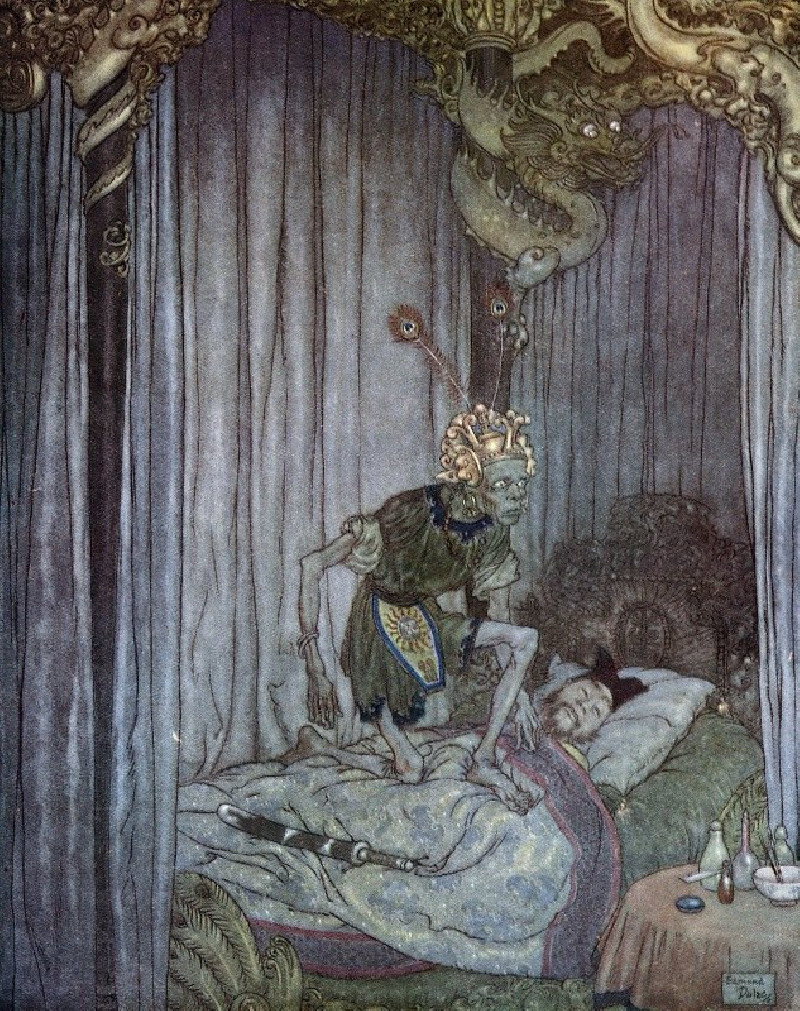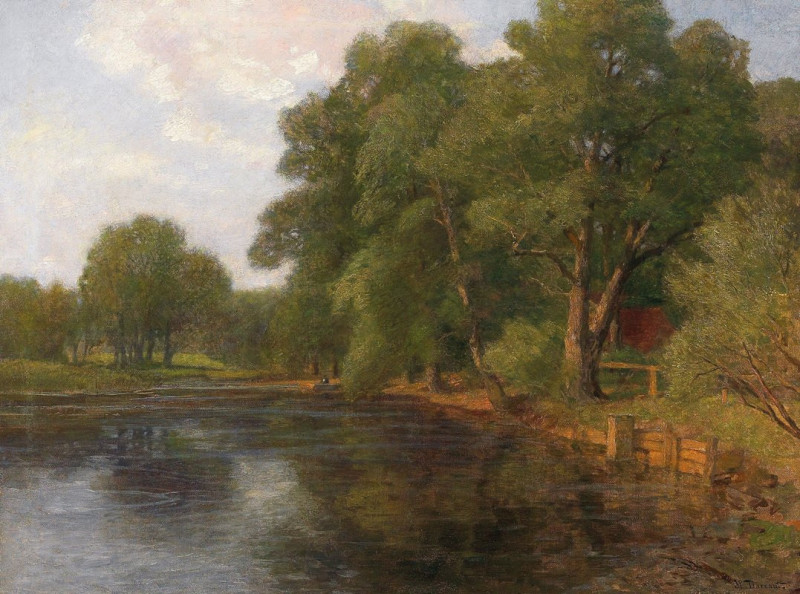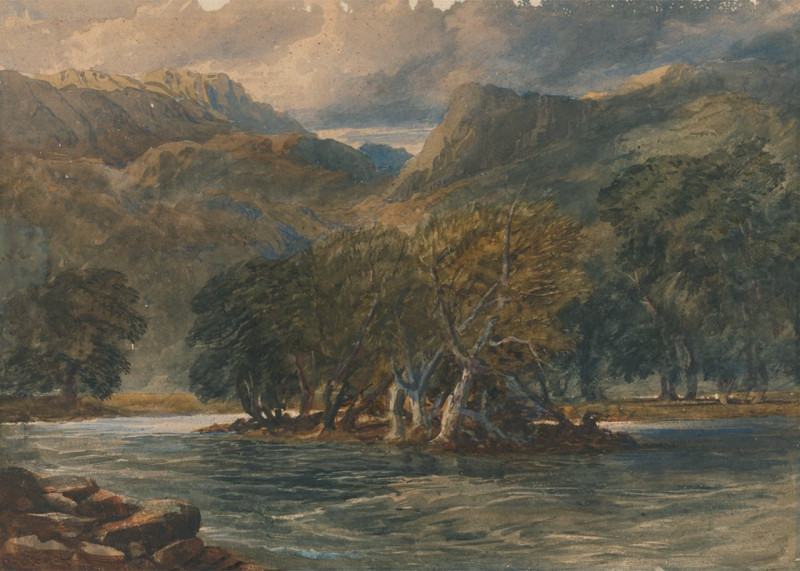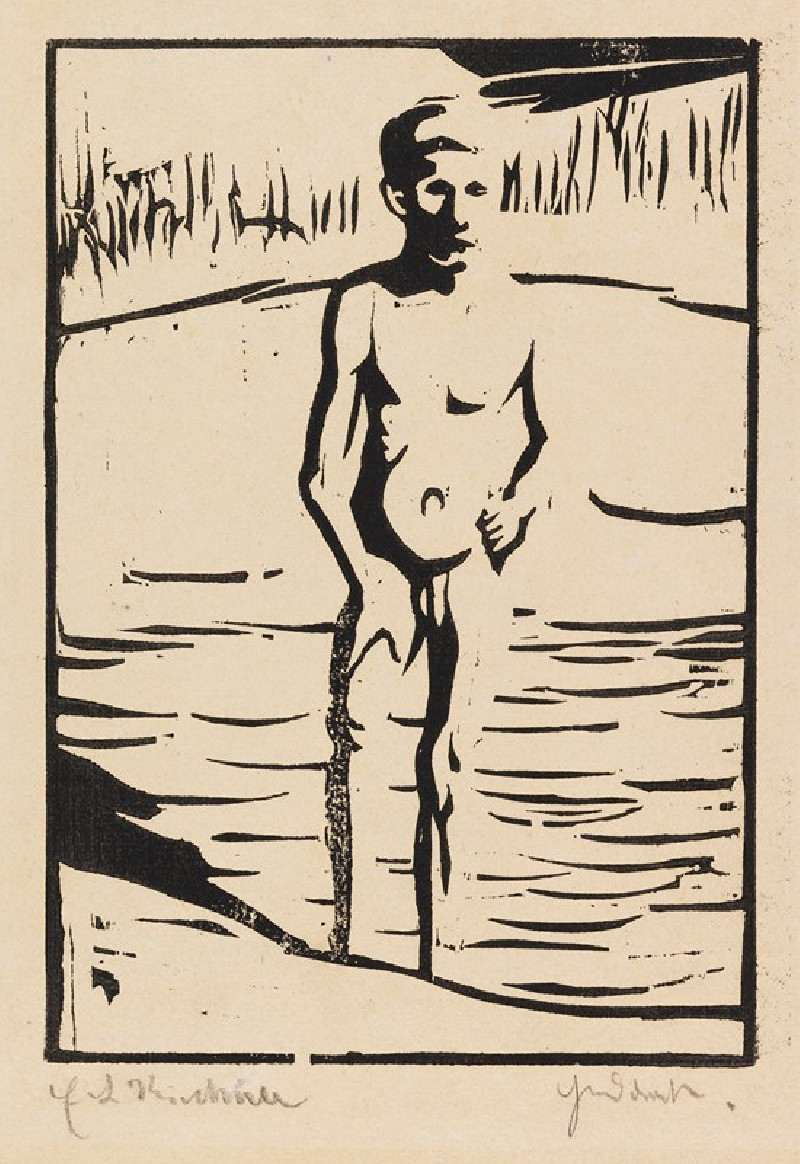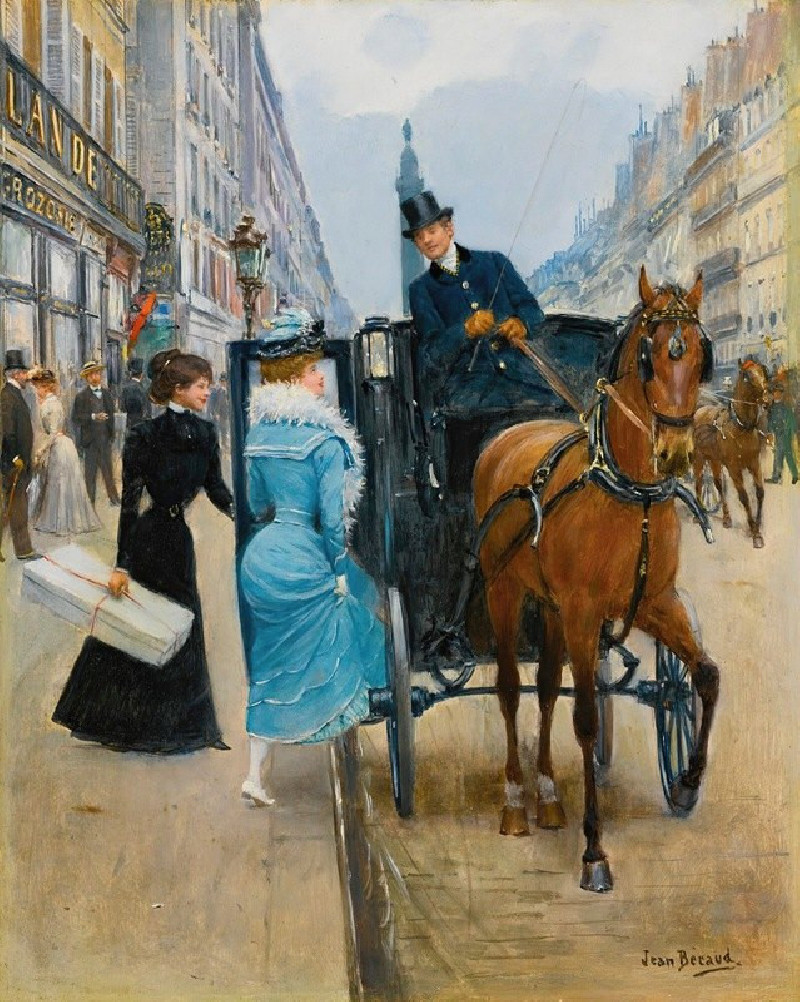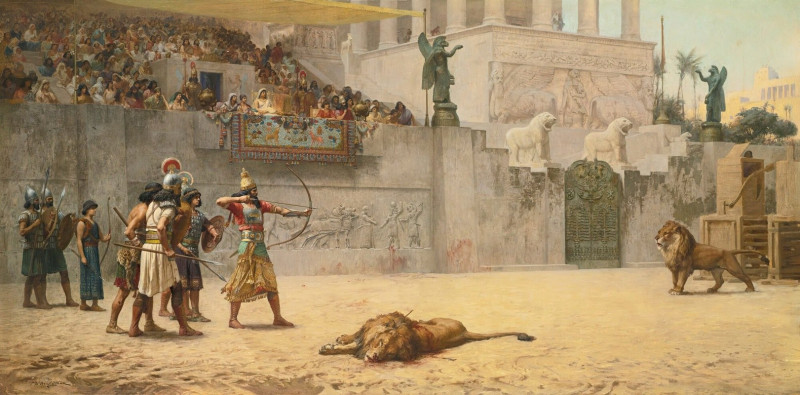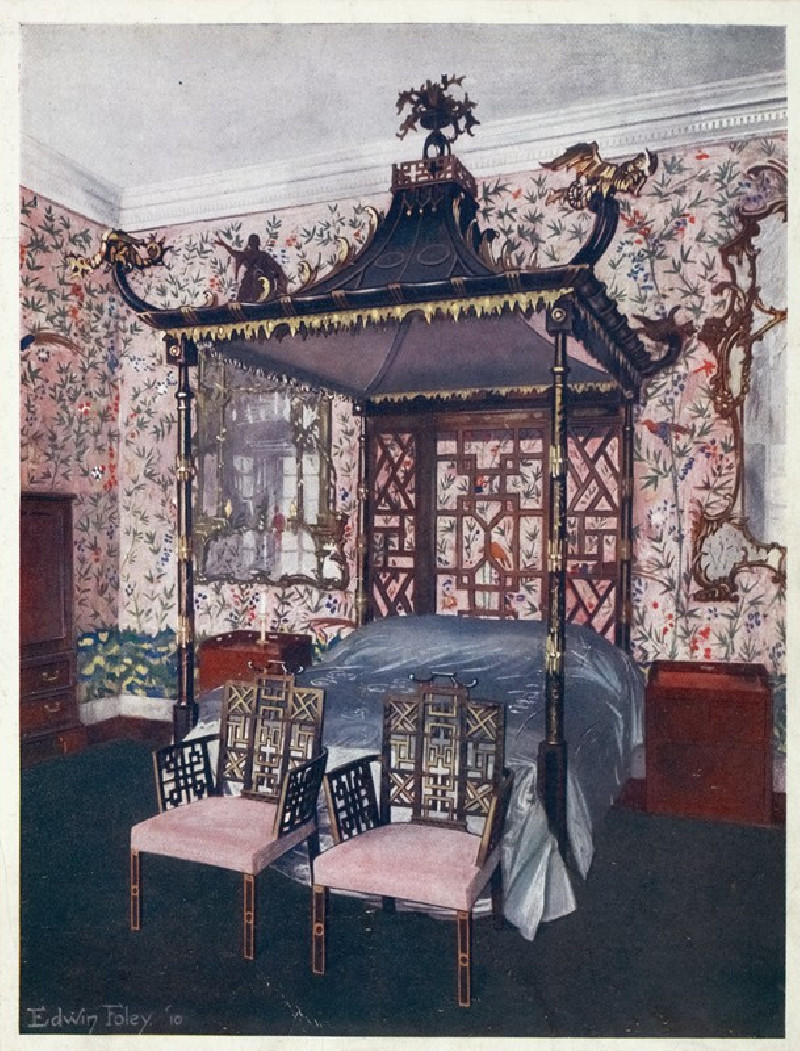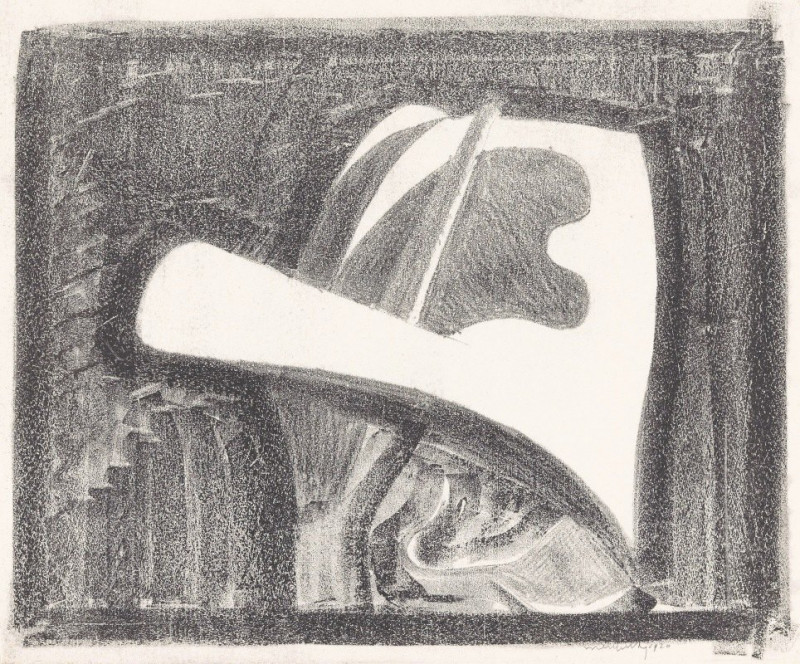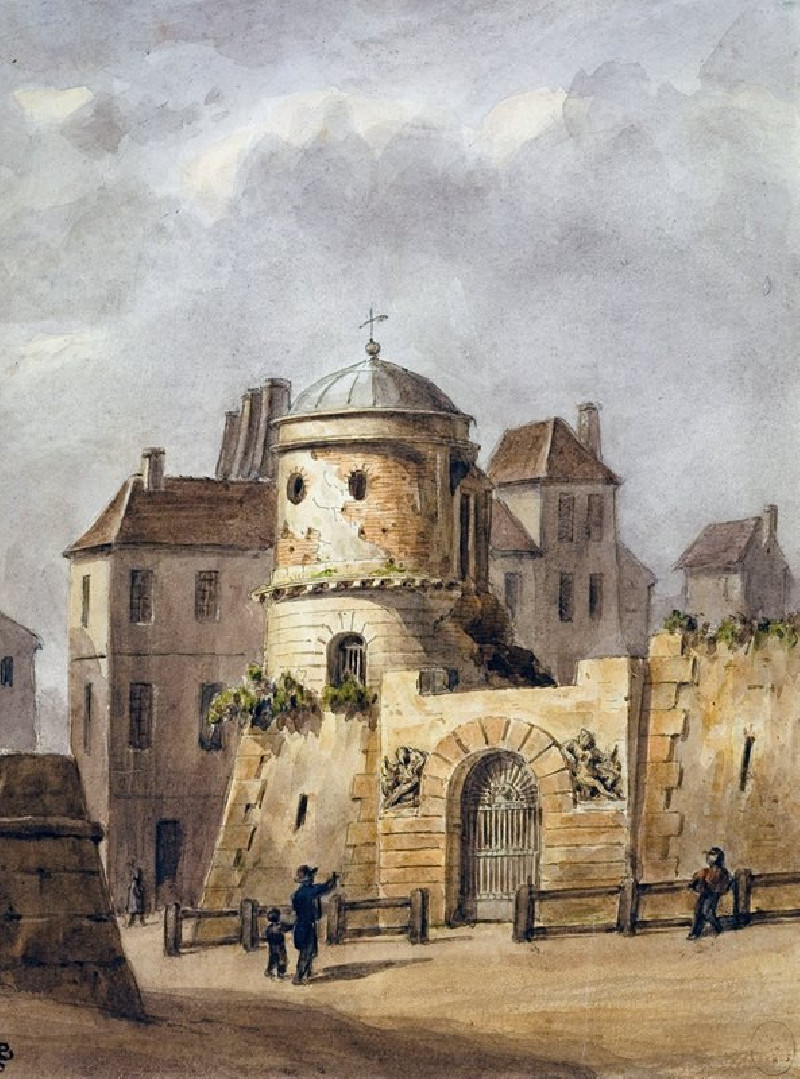Man Seated on a Bank
Technique: Giclée quality print
Recommended by our customers
More about this artwork
George Morland, known for his vivid and empathetic portrayal of rustic life in 18th century Britain, offers a more introspective study in his artwork titled "Man Seated on a Bank". In this sketch, Morland uses soft pencil work to depict a man lost in profound thought, seated alone on a rugged terrain. The shades and strokes employed convey a sense of intimacy and immediacy, as if the viewer has stumbled upon a private moment.The figure, cloaked in a flowing coat and sporting a broad-brimmed hat, is slouched over with his face buried in one hand, suggesting a moment either of deep despair or heavy contemplation. The simplicity of the setting — just the man and the sparse landscape — highlights the solemn mood and possibly reflects on universal themes of solitude and introspection.There's an evident emphasis on texture and shadow, demonstrating Morland's ability to capture emotional conditions as well as physical realities. "Man Seated on a Bank" invites the viewers to pause and reflect, pondering over the story behind the man’s somber pause.
Delivery
Returns
George Morland (26 June 1763 – 29 October 1804) was an English painter. His early work was influenced by Francis Wheatley, but after the 1790s he came into his own style. His best compositions focus on rustic scenes: farms and hunting; smugglers and gypsies; and rich, textured landscapes informed by Dutch Golden Age painting.

